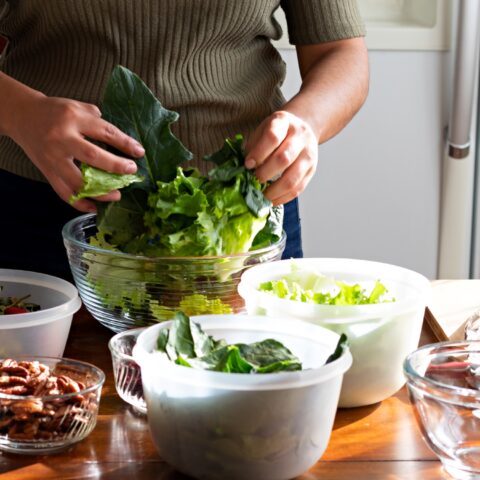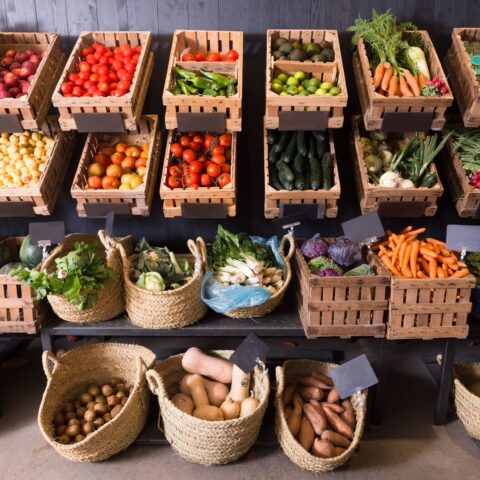The Best Anti-Inflammatory Fruits and Vegetables

The Paleo Diet is the most anti-inflammatory way of eating, according to a December 2022 meta-analysis comparing a dozen of the most popular nutrition approaches. Some of the keys to reducing inflammation are to eat a low-sodium diet and to focus on eating lots of produce. Fresh produce, along with several spices and herbs, are correlated with reduced inflammation in the body. Let’s explore the best anti-inflammatory fruits and vegetables you can choose and which pro-inflammatory foods to avoid.
RELATED: The Paleo Anti-Inflammatory Diet Meal Plan
Foods That Cause Inflammation
- Refined grains
- Milk and dairy products
- Soda and other sugar-sweetened beverages
- Margarine, shortening, and lard
- Processed meats
- Vegetable oils
- Alcohol
Anti-Inflammatory Foods
- Avocados
- Berries
- Fish, like tuna and salmon
- Green vegetables like broccoli and zucchini
- Leafy vegetables like kale, spinach, and cabbage
- Nuts and seeds
- Olive oil
- Tomatoes
- Turmeric
The Best Anti-Inflammatory Fruits and Vegetables
If you’re looking for an anti-inflammatory approach to eating, look no further than The Paleo Diet®. It automatically eliminates these harmful foods and encourages you to eat anti-inflammatory foods. Of course, some foods are better at others for combating inflammation. Here are our favorite anti-inflammatory fruits and vegetables that you can pick up from the produce section! Many of them provide not only a great variety of flavors, but also are anti-carcinogenic and have other health-promoting compounds. 2, 6
Broccoli: Packed with Potent Phytochemicals
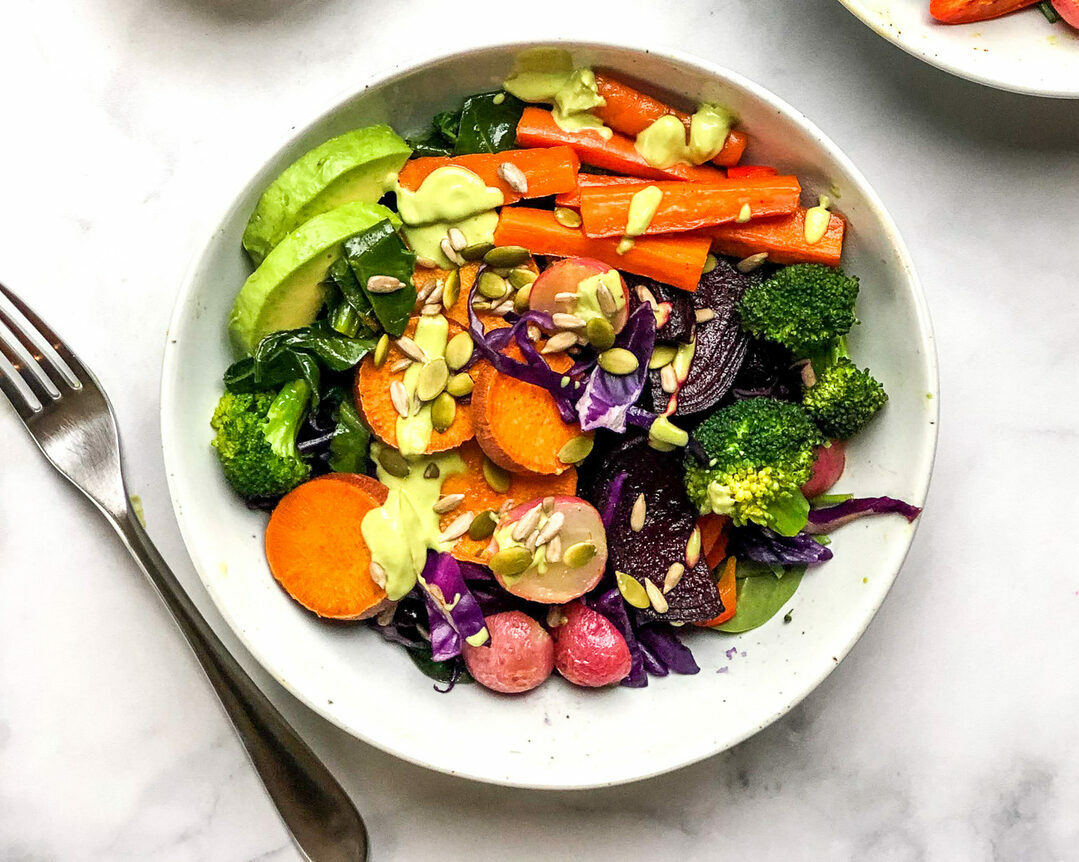
Broccoli is rich in vitamin C and fiber, and is surprisingly high in protein. It is a source of some potent phytochemicals, such as sulforaphane and indole-3-carbinol, which have demonstrated protective effects in models of cancer, neurodegenerative diseases, and other conditions.1, 5, 11 Sautéed with a little garlic (another nutritional powerhouse) in olive oil, and you’ve got a delicious side dish for any Paleo meal.
How to add more broccoli to your diet:
- 5-Ingredient Chicken and Broccoli
- Cilantro Lime Broccoli Rice
- Vegan Buddha Bowl with Avocado Lime Dressing
Tomatoes: Antioxidants, Retinoids, and Lycopene
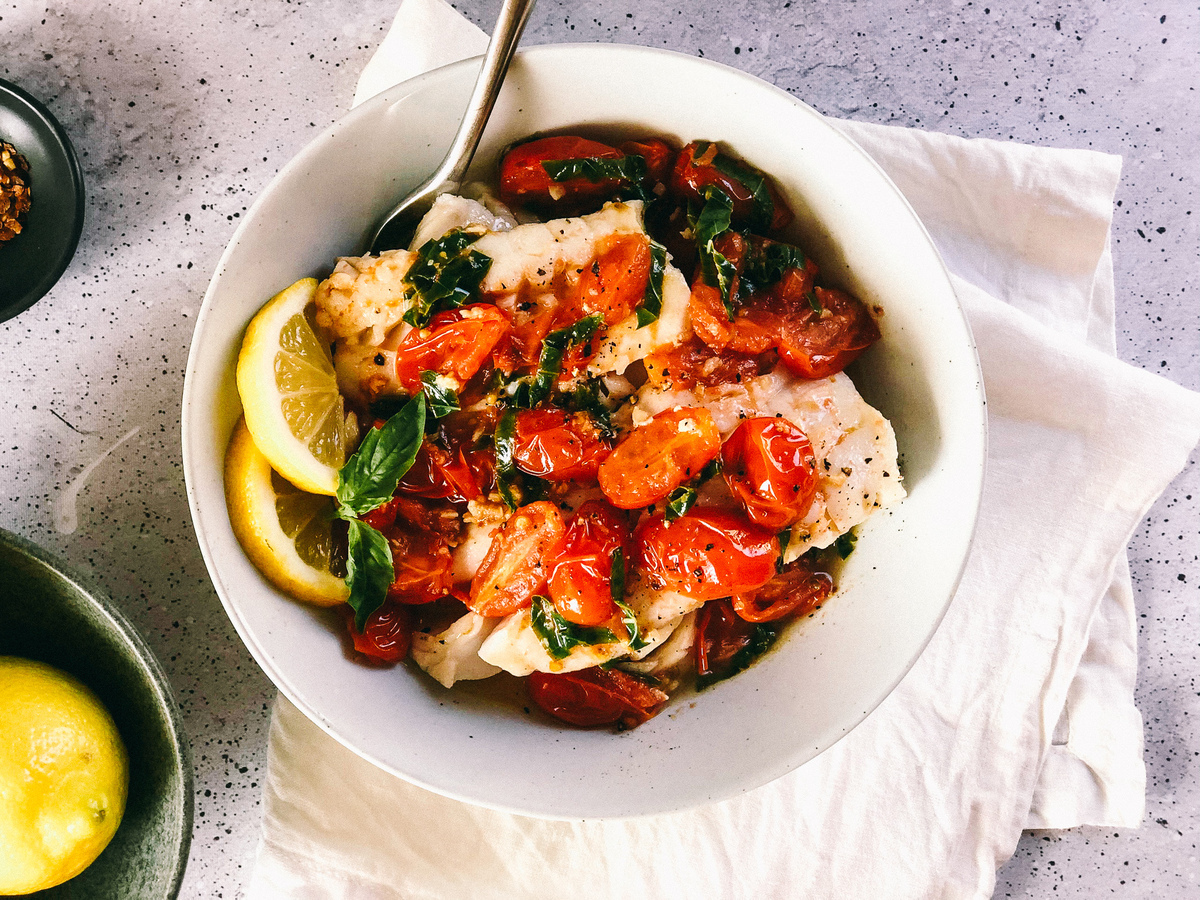
Tomatoes are a good source of antioxidants, retinoids (vitamin A-like compounds), and lycopene. The latter has been shown to protect the skin from the damaging effects of excess ultraviolet radiation—which might come in handy in the summer months, coincidentally, when tomatoes are in season.4, 7, 10 Cooking tomatoes maximizes the lycopene content,3 perfect for a summer appetizer.
If you have an autoimmune disease, certain glycoalkaloids in tomatoes may act to increase intestinal permeability and also contain certain immunological adjuvants (alpha tomatine in tomatoes) that up-regulate the immune response and should be avoided.
Tomato recipe inspiration:
Zucchini: Nutrient Dense with Vitamins and Minerals
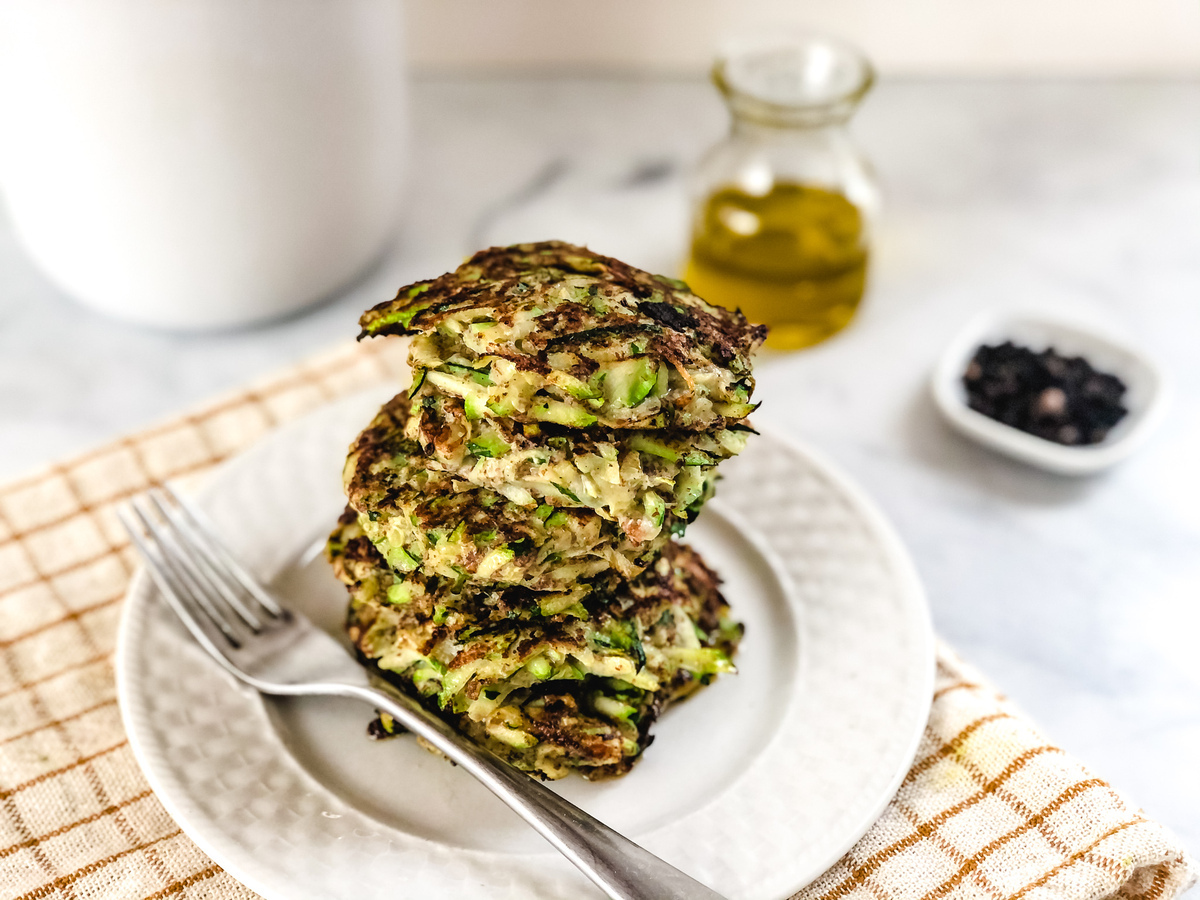
Zucchini is rich in folate, copper, and potassium, and is an extremely low-calorie food; only about 10-15 calories in a whole zucchini. It’s also one of the best sources for lutein and zeaxanthin, two phytonutrients that are good for ocular health.9 Zucchini has a delicate flavor which has been described as savory by some, and can be sliced, grilled, and ready-to-eat in just a few minutes.
Zucchini-rich dishes:
Raspberries: Antioxidants Galore
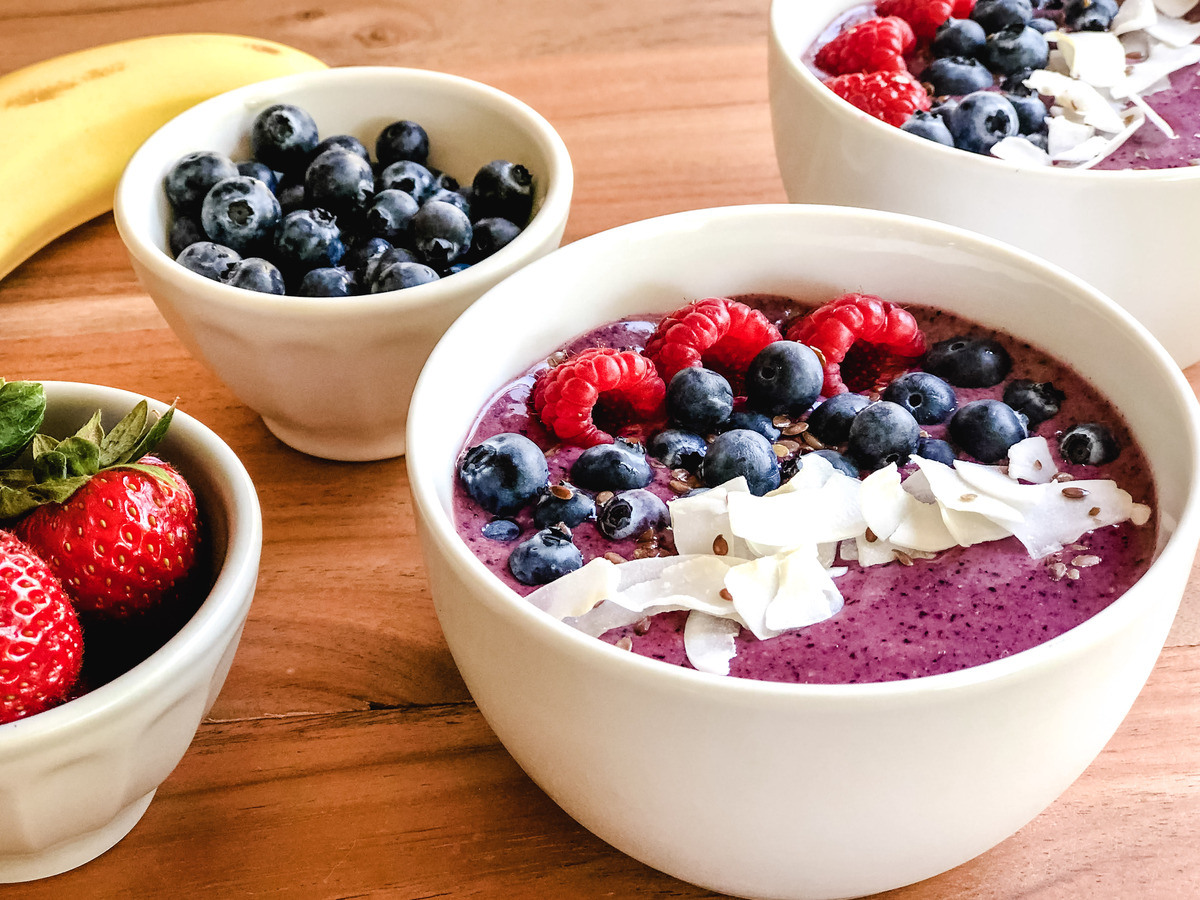
Raspberries are another great source of antioxidants and anthocyanins. One study showed the equivalent of about a handful of raspberries per day reduces markers of inflammation in the blood while another study showed potentially protective effects against colorectal cancer. 8
How to put more raspberries on your plate:
- Coconut Berry Smoothie Bowl
- Cherry Berry Medley
- Paleo-Inspired Pomegranate Raspberry Recovery Gummies
References
1. Jayakumar P, Pugalendi KV, Sankaran M. Attenuation of hyperglycemia-mediated oxidative stress by indole-3-carbinol and its metabolite 3, 3′- diindolylmethane in C57BL/6J mice. J Physiol Biochem. Jun 2014;70(2):525-534.
2. Jiang Y, Wu SH, Shu XO, Xiang YB, Ji BT, Milne GL, . . . Yang G. Cruciferous vegetable intake is inversely correlated with circulating levels of proinflammatory markers in women. J Acad Nutr Diet. May 2014;114(5):700-708 e702.
3. Kamiloglu S, Demirci M, Selen S, Toydemir G, Boyacioglu D, Capanoglu E. Home processing of tomatoes (Solanum lycopersicum): effects on in vitro bioaccessibility of total lycopene, phenolics, flavonoids, and antioxidant capacity. J Sci Food Agric. Aug 2014;94(11):2225-2233.
4. Khachik F, Carvalho L, Bernstein PS, Muir GJ, Zhao DY, Katz NB. Chemistry, distribution, and metabolism of tomato carotenoids and their impact on human health. Exp Biol Med (Maywood). Nov 2002;227(10):845-851.
5. Lenzi M, Fimognari C, Hrelia P. Sulforaphane as a promising molecule for fighting cancer. Cancer Treat Res. 2014;159:207-223.
6. Macready AL, George TW, Chong MF, Alimbetov DS, Jin Y, Vidal A, . . . Group FS. Flavonoid-rich fruit and vegetables improve microvascular reactivity and inflammatory status in men at risk of cardiovascular disease–FLAVURS: a randomized controlled trial. Am J Clin Nutr. Mar 2014;99(3):479-489.
7. Rizwan M, Rodriguez-Blanco I, Harbottle A, Birch-Machin MA, Watson RE, Rhodes LE. Tomato paste rich in lycopene protects against cutaneous photodamage in humans in vivo: a randomized controlled trial. Br J Dermatol. Jan 2011;164(1):154-162.
8. Sardo CL, Kitzmiller JP, Apseloff G, Harris RB, Roe DJD, Stoner GD, Jacobs ET. An Open-Label Randomized Crossover Trial of Lyophilized Black Raspberries on Postprandial Inflammation in Older Overweight Males: A Pilot Study. Am J Ther. Aug 26 2013.
9. Sommerburg O, Keunen JE, Bird AC, van Kuijk FJ. Fruits and vegetables that are sources for lutein and zeaxanthin: the macular pigment in human eyes. Br J Ophthalmol. Aug 1998;82(8):907-910.
10. Stahl W, Heinrich U, Aust O, Tronnier H, Sies H. Lycopene-rich products and dietary photoprotection. Photochem Photobiol Sci. Feb 2006;5(2):238-242.
11. Tarozzi A, Angeloni C, Malaguti M, Morroni F, Hrelia S, Hrelia P. Sulforaphane as a potential protective phytochemical against neurodegenerative diseases. Oxid Med Cell Longev. 2013;2013:415078.


